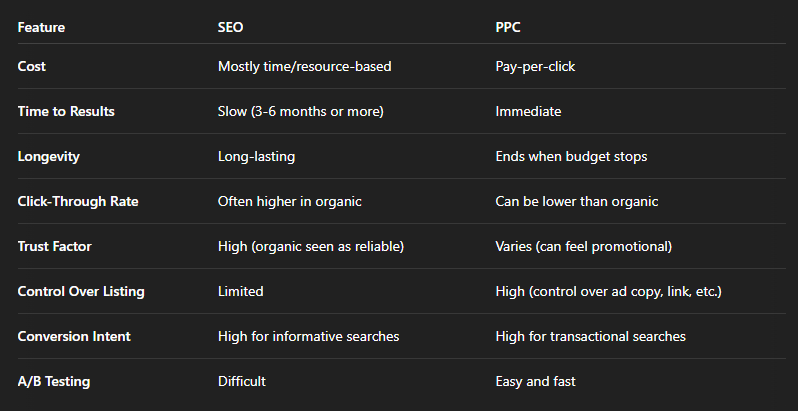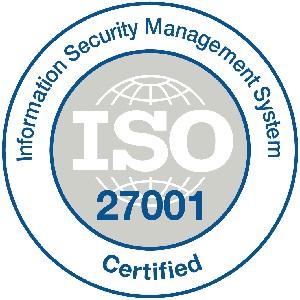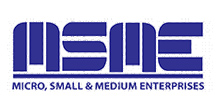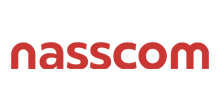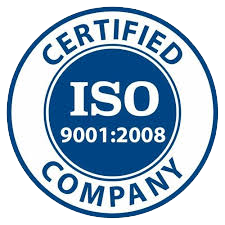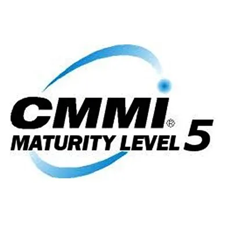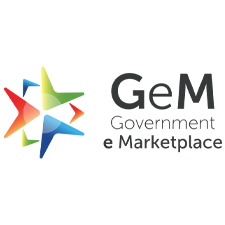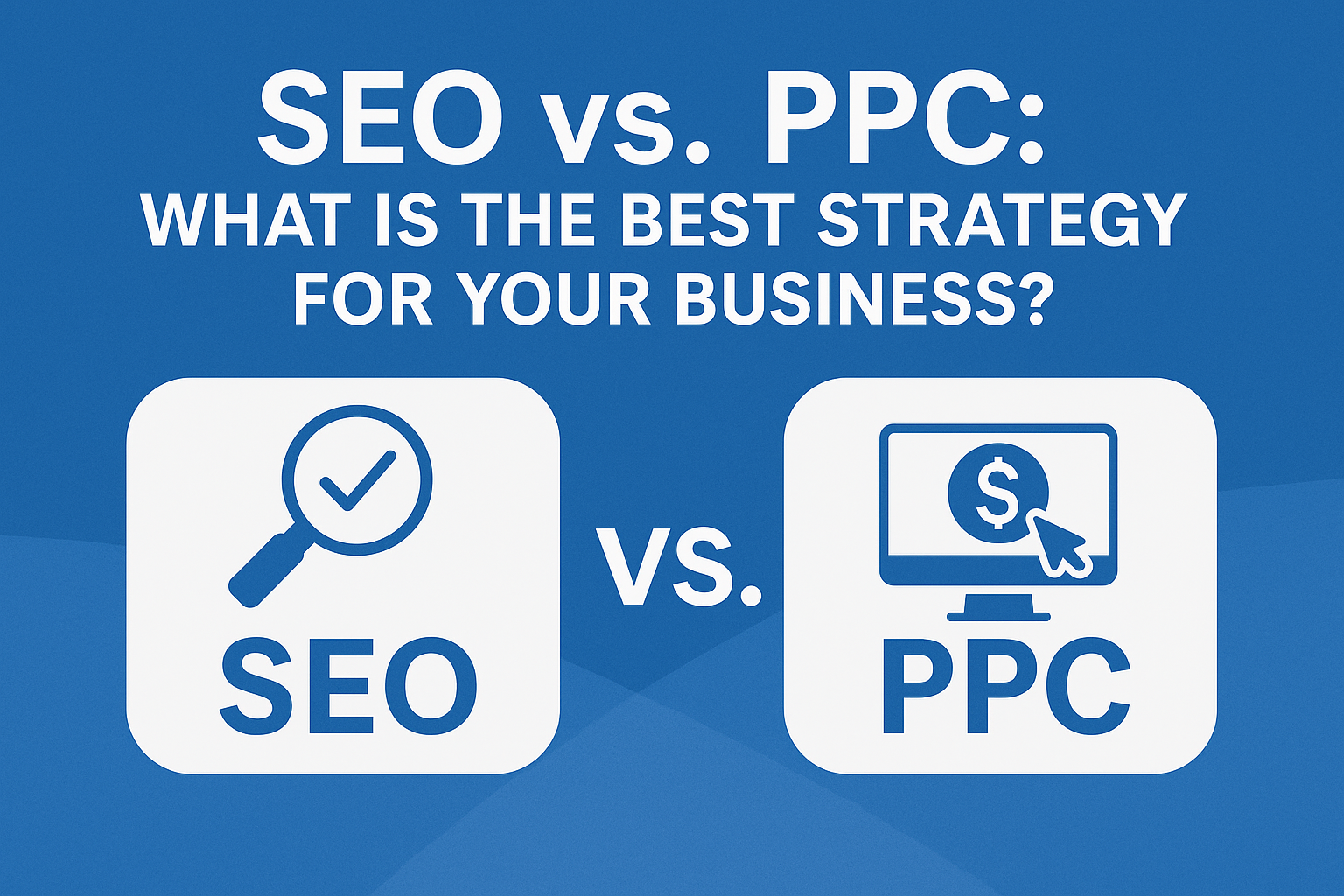
The goal of digital marketing is clear—get your business in front of the right audience at the right time. Two of the most popular strategies marketers leverage to drive traffic and increase visibility are Search Engine Optimization (SEO) and Pay-Per-Click (PPC) advertising. Both have strengths and can be incredibly effective, but which is best for your business?
In this blog, we’ll explore what SEO and PPC are, how they differ, their pros and cons, and how to decide which strategy best suits your goals.
What is SEO?
Search Engine Optimization (SEO) improves your website’s visibility in organic (non-paid) search engine results. SEO involves optimizing your website content, technical elements, and off-page factors (like backlinks) to help search engines understand your site and rank it higher for relevant queries.
Key Components of SEO:
On-Page SEO: Content optimization, keywords, meta tags, headers, internal links
Technical SEO: Website speed, mobile-friendliness, XML sitemaps, structured data
Off-Page SEO: Backlink building, social sharing, domain authority
Pros of SEO:
Long-Term Results: Once you rank well, you can enjoy consistent traffic without ongoing costs.
Cost-Effective: There is no need to pay for clicks; only invest time and resources.
Builds Credibility: Users perceive organic rankings as more trustworthy.
Compounding Returns: Over time, your efforts snowball, increasing authority and traffic.
Cons of SEO:
Time-Consuming: SEO is a long-term strategy; it can take months to see results.
Constant Algorithm Updates: Search engines like Google regularly update their algorithms.
Competitive: Popular keywords can be hard to rank without significant effort.
What is PPC?
Pay-per-click (PPC) is a form of online advertising where businesses pay a fee each time someone clicks on their ad. The most popular platform for PPC is Google Ads, though Facebook, Instagram, Bing, and LinkedIn also offer similar models.
Key Types of PPC Ads:
Search Ads: Appear on top of Google’s search results
Display Ads: Banner ads are shown across various websites
Shopping Ads: Product listings for eCommerce
Social Media Ads: Sponsored content on platforms like Facebook and Instagram
Pros of PPC:
Immediate Visibility: Your ad can appear on the first page of Google within hours.
Highly Targeted: Use demographics, location, device, time, and keywords to target users.
Scalable & Measurable: Easy to track ROI and scale based on performance.
A/B Testing: Quickly test multiple ad variations to optimize for better performance.
Cons of PPC:
Costly Over Time: You pay for each click, which can add up, especially in competitive niches.
Temporary: Once your budget runs out, so does your traffic.
Learning Curve: Requires understanding of bidding strategies, ad copywriting, and platform mechanics.
SEO vs. PPC: Side-by-Side Comparison
Which Strategy is Best for Your Business?
Choosing between SEO and PPC depends on several key factors, including your goals, budget, timeline, competition, and industry.
1. Your Marketing Budget
SEO might be a better long-term investment if your business has a tight marketing budget. However, PPC is an excellent option if you have the resources and want quick visibility.
2. Your Timeline for Results
Need immediate traffic or promoting a limited-time offer? PPC is the go-to. If you’re building a long-term brand presence, SEO pays off over time.
3. Nature of Your Product or Service
High-value or emergency services (like plumbing or legal services) often benefit from PPC because people need fast solutions.
Content-heavy websites like blogs, news, or educational platforms benefit more from SEO.
4. Competition in Your Niche
Highly competitive industries like finance, insurance, or eCommerce can be expensive on PPC. Investing in SEO might give you better returns in the long run.
5. Your Team’s Skillset
SEO will be easier to maintain if you have an in-house content team.
PPC can produce fast results if you have a dedicated ad expert or agency.
Combining SEO and PPC: The Hybrid Strategy
The best answer may not be “either-or”—it’s often “both.” Integrating SEO and PPC into a unified digital strategy allows you to enjoy the best of both worlds.
Here’s how a hybrid approach works:
Use PPC for immediate traffic and A/B testing of landing pages.
Use SEO to build authority and capture long-term organic traffic.
Analyze PPC data to identify high-performing keywords and incorporate them into your SEO strategy.
Use retargeting ads to bring back organic visitors who didn’t convert the first time.
Example:
A new eCommerce brand could start with PPC to get fast visibility and data, then invest in SEO for long-term rankings. Meanwhile, PPC retargeting ads can keep users engaged.
Final Thoughts
There’s no one-size-fits-all answer to the SEO vs. PPC debate. It’s all about aligning your strategy with your business goals, budget, and timeline. SEO is a slow burn that builds trust and sustainable growth, while PPC offers fast, targeted traffic with measurable ROI.
If you’re a startup looking for immediate visibility, start with PPC and gradually incorporate SEO. If you’re an established business aiming for brand authority and long-term returns, double down on SEO and use PPC for strategic campaigns or promotions.
Ultimately, the most effective marketing strategies don’t just rely on one channel—they blend multiple approaches to maximize reach and results.
Category
Featured Posts

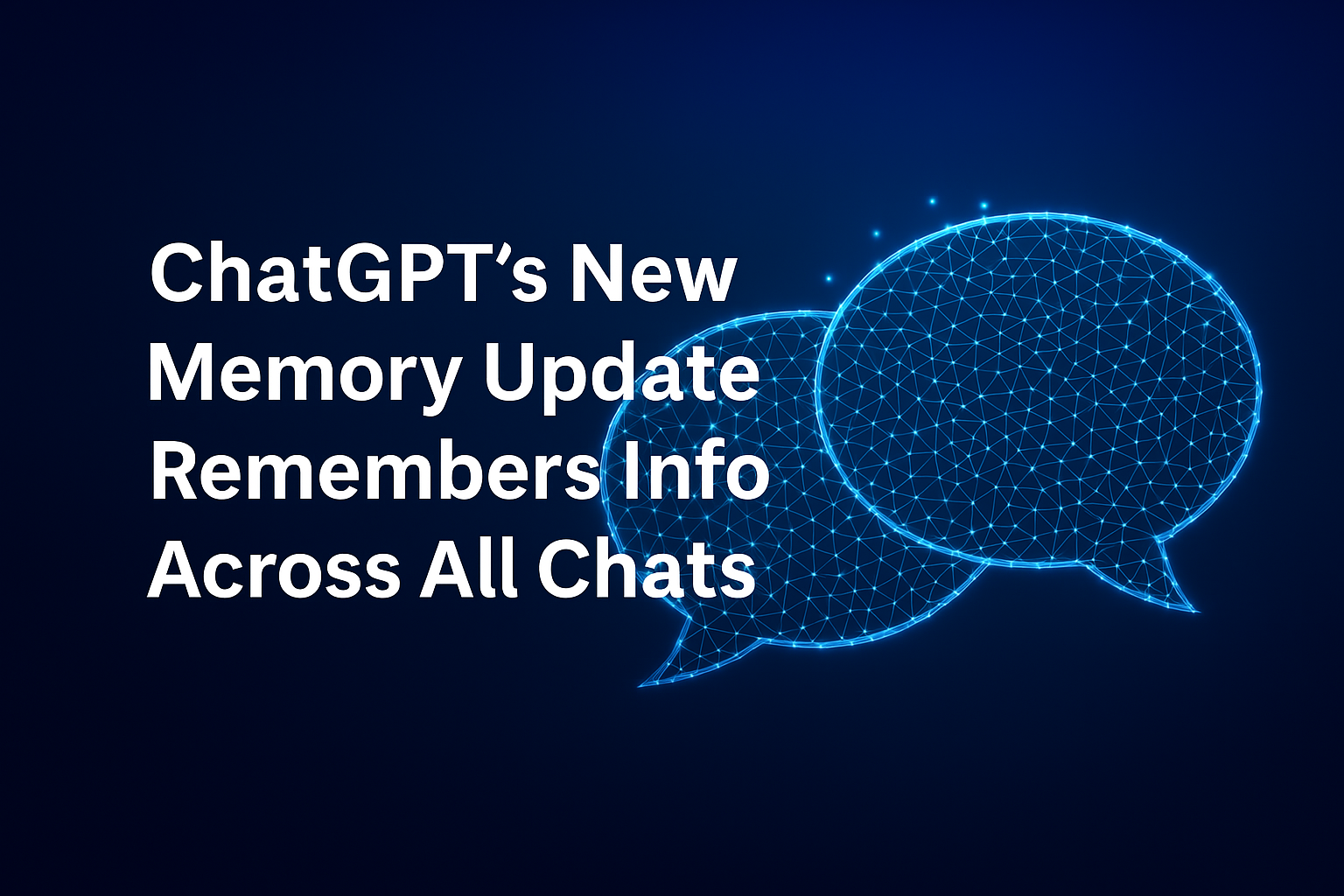
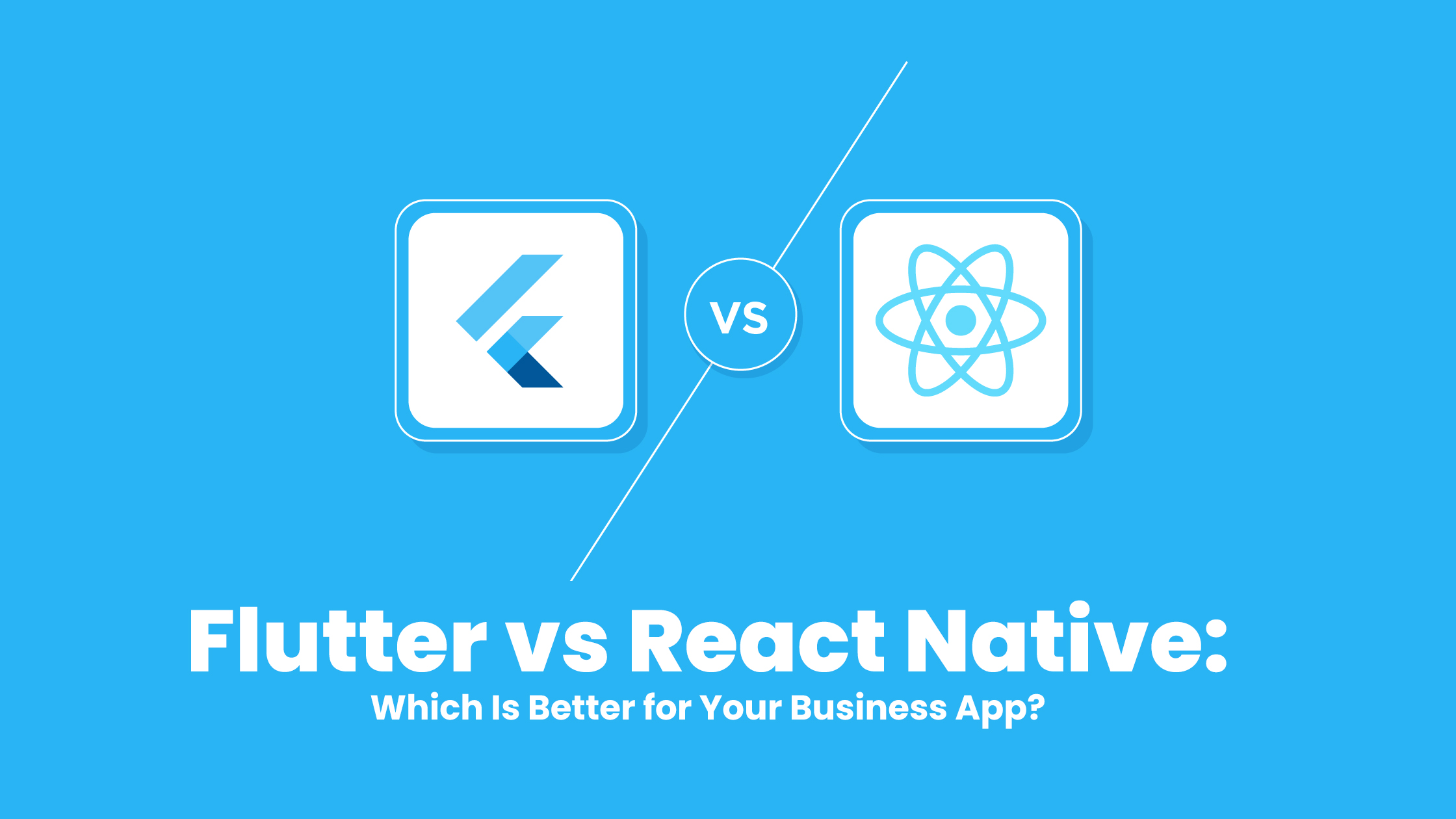
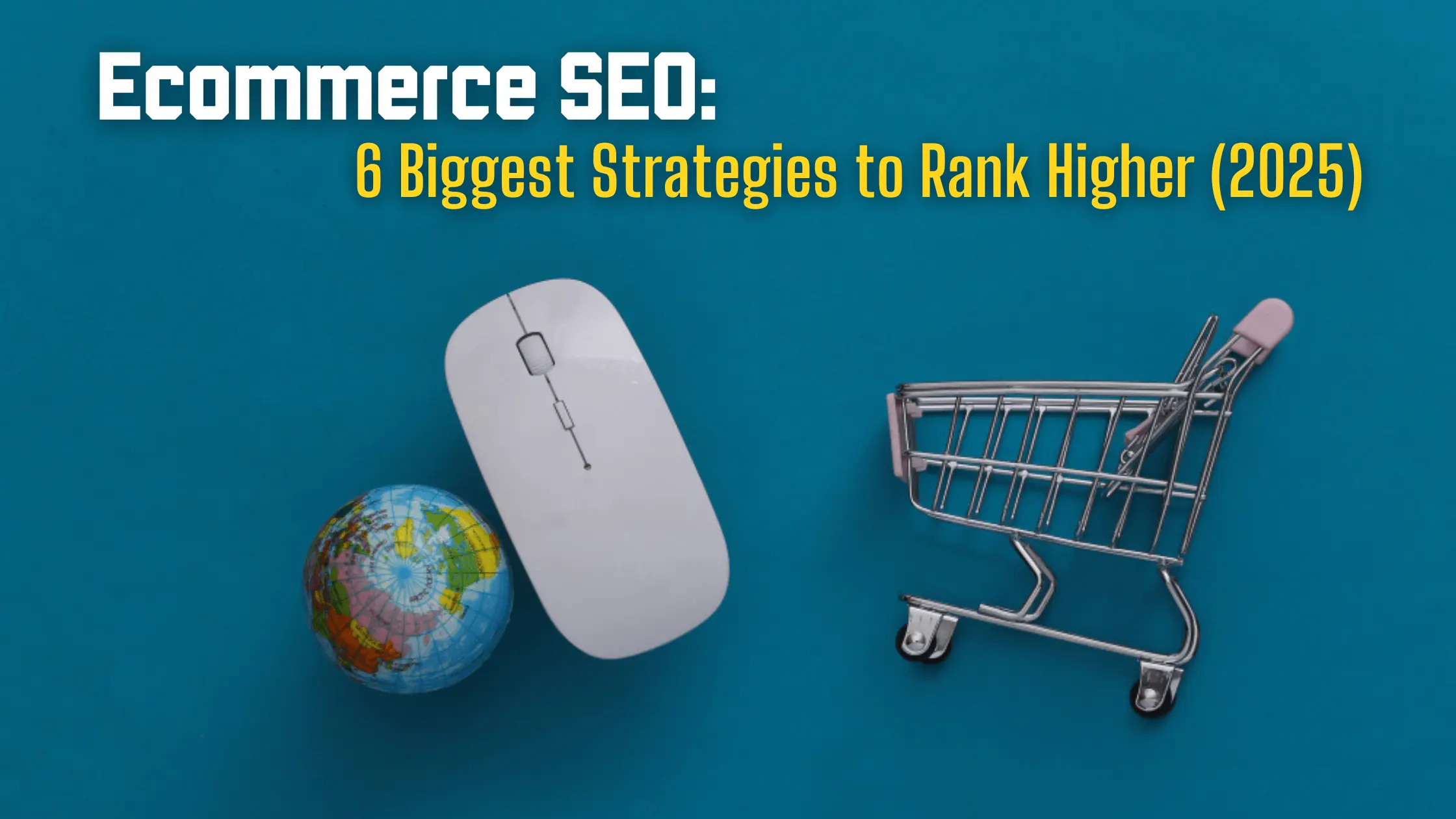

More reasons to trust us!
Excellis IT is building a skilled team in IT support, customer support, digital marketing, and back-office services for modern companies.

